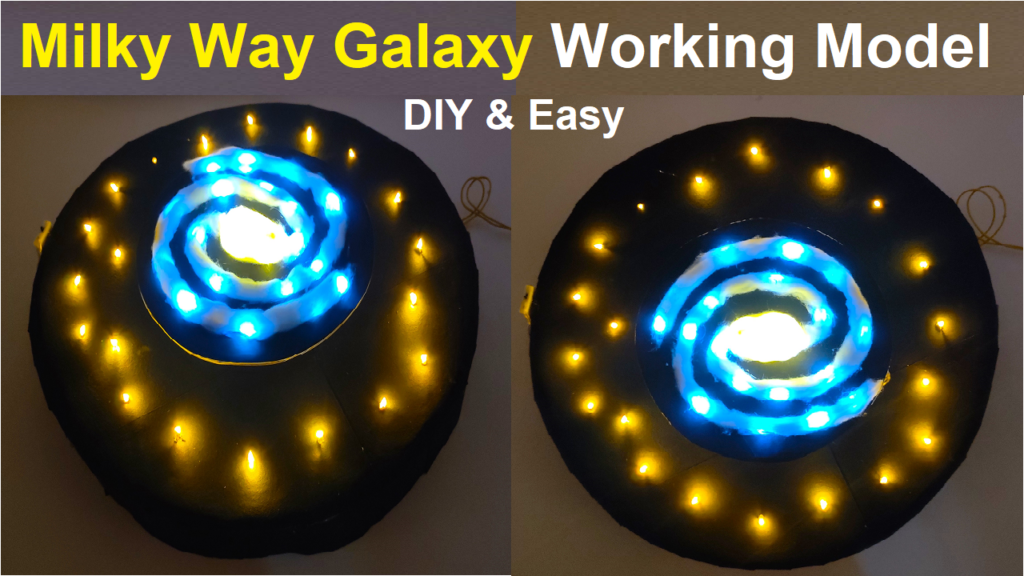The Milky Way is not just a band of light across our night sky; it is the very galaxy we call home. Spanning a vast expanse of space, it encompasses an incredible array of celestial wonders, from swirling stars to enigmatic black holes.

Structure and Composition:
Our galaxy is a massive spiral, shaped like a cosmic pinwheel, with arms spiraling outwards from a central core. It boasts billions of stars, along with dust, gas, and a myriad of celestial objects, all bound together by gravity.
The Sun’s Role:
Nestled within one of the Milky Way’s spiral arms, the Sun is a mere speck among the billions of stars. It is accompanied by its retinue of planets, including Earth, each orbiting in a complex dance of cosmic proportions.
Sagittarius A: The Galactic Nucleus:* At the heart of our galaxy lies a profound mystery – Sagittarius A*. This supermassive black hole, with an unimaginable gravitational pull, is the epicenter of our galactic neighborhood. It is here that stars are born, and in some cases, meet their fiery end.
Cosmic Beacons:
The Milky Way is home to a dazzling variety of celestial phenomena. Nebulas, those ethereal clouds of gas and dust, give birth to stars. Supernovas, the explosive deaths of massive stars, scatter their elements, seeding the galaxy with life’s building blocks.
Beyond Our Solar System: While our Solar System is but a tiny fragment within this immense galaxy, the Milky Way itself is just one among countless galaxies in the universe. Each galaxy, with its own unique structure and inhabitants, contributes to the tapestry of cosmic evolution.
A Call to Explore: The Milky Way beckons us to look up, to wonder, and to explore. It reminds us that our home extends far beyond our planet, and the universe holds secrets waiting to be uncovered.
As we gaze at the band of light stretching across our night sky, we are reminded that we are but a small part of this grand cosmic narrative. The Milky Way Galaxy, with all its mysteries and marvels, invites us to dream of distant worlds and uncharted galaxies, inspiring us to boldly venture forth into the cosmos.
How To Make Solar system milky way galaxy
Creating a working model of the Solar System within the Milky Way galaxy using cardboard, cotton, LED lights, a bulb for the Sun, and a motor for rotation can be an educational and visually engaging project. Here are the steps to make it:
Materials Needed:
- Circular cardboard base
- Cotton or other materials for planets
- LED lights (small and varied colors)
- Small bulb and holder
- DC motor with rotating mechanism
- Wires
- Batteries and holders
- Paints, markers, or colored paper (optional for planet details)
- Glue, hot glue gun, or adhesive putty
- Craft knife or scissors
Steps:
- Prepare the Circular Base:
- Cut a large circular piece of cardboard for the base. This will represent the plane of the Milky Way galaxy.
- Position the Sun:
- Attach the small bulb (representing the Sun) in the center of the circular base using a bulb holder. This will be the central star in our Solar System.
- Create the Milky Way Background:
- Optionally, paint or draw the Milky Way galaxy’s distinctive spiral arms on the cardboard base for added visual effect.
- Attach the DC Motor:
- Fix the DC motor with the rotating mechanism at the center of the cardboard base, below the bulb (Sun). Ensure it is securely fastened.
- Mount the Planets:
- Prepare models of the planets (Mercury, Venus, Earth, Mars, Jupiter, Saturn, Uranus, and Neptune) using cotton or other materials. Assign LED lights of appropriate colors to each planet.
- Connect LED Lights:
- Wire the LED lights to batteries (or a power source) and position them within the cotton representations of the planets. Ensure they are securely attached and can light up.
- Label the Planets (Optional):
- Use paint, markers, or colored paper to add details to the planets, such as rings for Saturn, distinctive features for Earth, etc.
- Attach Planets to the Motor:
- Attach each planet to the rotating mechanism of the motor. Make sure they are evenly spaced and securely fastened.
- Wire the Motor and LED Lights:
- Connect the motor and LED lights to the battery or power source. Test to ensure they function properly.
- Add Additional Details (Optional):
- You can add details like asteroids, comets, or other celestial objects using small craft materials.
- Test the Rotation:
- Power on the motor to see the planets orbiting around the Sun, simulating the motion of the Solar System.
This working model provides a dynamic representation of the Solar System within the Milky Way, allowing for a hands-on educational experience. It’s a visually captivating way to learn about celestial mechanics!

